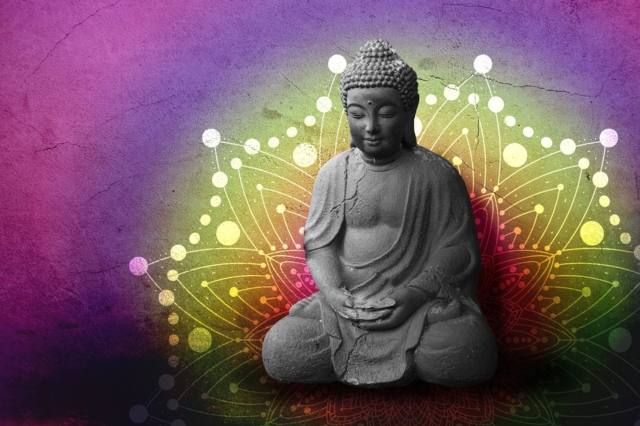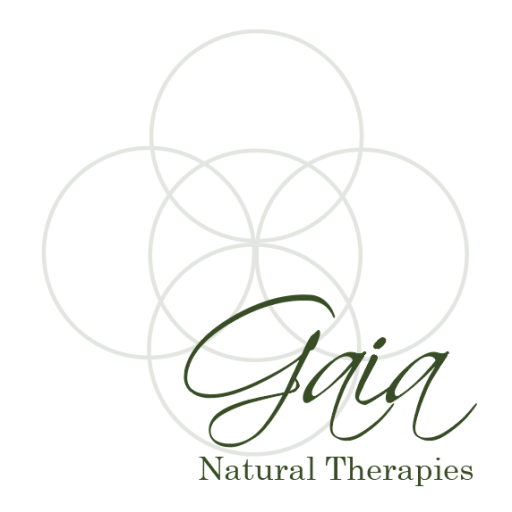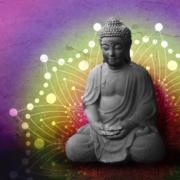Unleashing Your Inner Power: Embark on a Journey to Self-Empowerment
I understand the desire to tap into personal power, growth, and self-discovery, and the search for tools and techniques that can help unleash our true potential. But how do we determine which tools and techniques are right for us? How can they support us? Do they offer transformative experiences?
When I talk to clients about these three powerful modalities—Reiki, Spiritual Healing, and Hypnosis— I discuss with them how each modality can assist in the releasing of limitations, facilitate inner healing, and awaken their natural abilities.
Reiki: Healing Energy for Self-Empowerment

So, what is Reiki – at its core, Reiki focuses on harnessing the healing power of universal life force energy, known as Chi. This energy naturally flows through the practitioner to where it is needed most. I work with clients using gentle touch in various hand positions or no touch depending on.
- The clients wishes – yes touch is OK or no it is not OK
- We are working via Zoom – in a different location, city, country
Aa a practitioner I collaborate energetically with the recipient to promote an overall sense of well-being, relaxation, and rejuvenation of the body, mind, and spirit.
I am facilitating the balance of Ki energy by holding the space and helping move stagnant energy, release heavy emotions, and restore energetic harmony from within. A process I believe fosters self-awareness, empowering individuals to cultivate their own profound sense of well-being.
My clients have noticed with regular Reiki sessions how empowering it is to take an active role in their own healing journey.
- Developing a deeper connection with the body
- Cultivating mind-body awareness
- Addressing personal energetic imbalances
- Understanding one’s capacity to heal
- Facilitating personal transformation, healing, and positive change
My Reiki Master once stated ‘that it is a remarkable healing modality that unlocks the innate healing power we all carry within, and by embracing the power of Reiki anyone can embark on a personal journey of self-empowerment’ ~ Doug Horne, Spiritual Reiki Master Shaman.
Spiritual Healing – Integrative Chakra Therapy®: Nurturing the Journey of the Soul
When I am asked what is Spiritual healing? I explain that this modality takes a comprehensive approach by encompassing various practices and modalities. Each one interconnects with the deeper levels of our mind, body, and spirit—the essence of our being. It recognizes the interconnectedness of these aspects and acknowledges that imbalances in the spiritual realm can manifest as physical, emotional, or mental ailments in the physical realm.
In the teachings of Spiritual healing, I have learned that it is not limited to any particular religion or belief system. It involves working with our intention, our higher realms of consciousness, and our personal connection to a higher self or “Oneness” to bring about alignment and transformation.
The goal of spiritual healing is to promote a healthy, balanced, and aligned state on a deep, soul level. And, is recognized in various practices from different cultures and traditions. Spiritual healing can be employed by –
- Working with the energy of the chakras “Integrative Chakra Therapy® a philosophy developed by Dr. Richard Jelusich, aiming to bring forth balance within the 4 architypes of the human being (physical, emotional, mental and spiritual) and to clear the energy bio-fields (aura: physical, astral, causal) bringing forth inner peace, harmony, and balance.
- Engaging in inner self-reflection, Meditation, Yoga, Breath Work; therapeutic practices to identify and release negative emotions, traumas, limiting beliefs, or patterns that no longer serve well-being. Helping individuals to find their place in the harmony and balance of all things – the present moment.
- Through invoking the power of focused intention through Prayer and Meditation to tap your higher states of consciousness, receive guidance, and find comfort and support.
- Utilizing Shamanic Traditions to work with spiritual guides, ancestors, and elemental forces through healing rituals and ceremonies that restore balance and bring harmony Spirit, Mind and Body.
My clients have informed me through the work of mind-body connection; spiritual healing recognizes the influence of our thoughts, our emotions, and beliefs on our well-being. By introducing practices such as:
- affirmations
- visualizations
- guided meditations
Clients have found help in establishing a sense of connection, groundedness, and present-moment awareness. I believe that when a person engages in mindful practices it allows them to tap into self-awareness, reduce anxiety, and find a place of inner peace.
And of course, one can not negate the importance of being connected to Nature. This connection offers a powerful source for personal growth and healing, fostering unity, nurturing empathy, and owning one’s responsibilities. Spending time in nature, appreciating its beauty, and experiencing its serenity can rejuvenate our own energy system, deepen our understanding of ourselves, and enhance our connection, as we become more aware of our role and responsibilities to the larger web of life.
Hypnosis: Unlocking the Power of the Subconscious Mind
Recently I have witnessed just how powerful a tool Hypnosis is. In working with client to help them access their subconscious mind to create positive changes in day-to-day life. Because the role of the subconscious mind is to protect us, it will or may take beliefs, events, situations, habits, memories we have experienced and use them as current life situations even if they are outdated or misinterpreted. Causing for the client at times states of anxiety, fear, pain, and array of other modalities. It is the job of the trained hypnotherapist to help individuals unlock what is the root of their problem and safely work with them in a state of deep relaxation and heightened focus known as hypnosis.
During hypnosis, clients can bypass the critical (conscious) mind and establish a direct connection with the subconscious. And once in this state, the client, while working with the therapist, can identify and reprogram limiting beliefs, release fears and traumas, and cultivate new empowering thought patterns. This process can lead to a dramatic shift in thoughts, emotions, behaviors, improving self-confidence, and bring forth a positive mindset aligned with the clients’ personal goals.
I like to remind my clients that the conscious mind remains active during a hypnosis session, ensuring the safety and ethical integrity of the session. Clients can deepen or lighten their experience and can event down right lie about situations as they are still very much in control even though they are in a hypnotic state. At no time will they be asked to do something inappropriate and of course this means that they can not be forced to do anything they do not wish to do. Hypnosis is a collaboration with the subconscious mind in the post-hypnotic stage to reinforce and integrate positive changes and works best when clients and therapist have a sound positive report built on integrity and honesty.
To embark on a journey of self-empowerment, one needs curiosity, courage, openness, and a willingness to explore new possibilities. The practices of Reiki, Spiritual Healing, and Hypnosis offer unique pathways to unlock our inner power and unleash our true potential. Combining these modalities can create a transformative collaboration, facilitating profound healing, self-discovery, and personal growth.
To embark on a journey of self-empowerment, one needs curiosity, courage, openness, and a willingness to explore new possibilities. The practices of Reiki, Spiritual Healing, and Hypnosis offer unique pathways to unlock our inner power and unleash our true potential. Combining these modalities can create a transformative collaboration, facilitating profound healing, self-discovery, and personal growth.


 Credit: Alexandra_Koch
Credit: Alexandra_Koch

